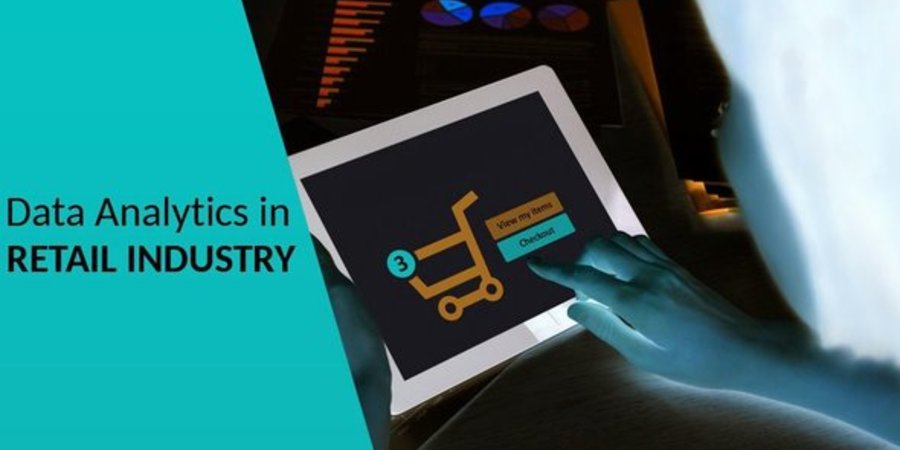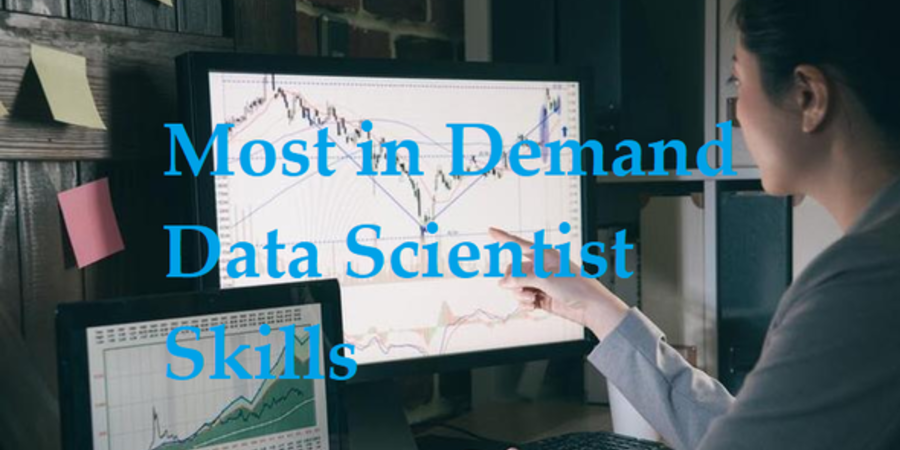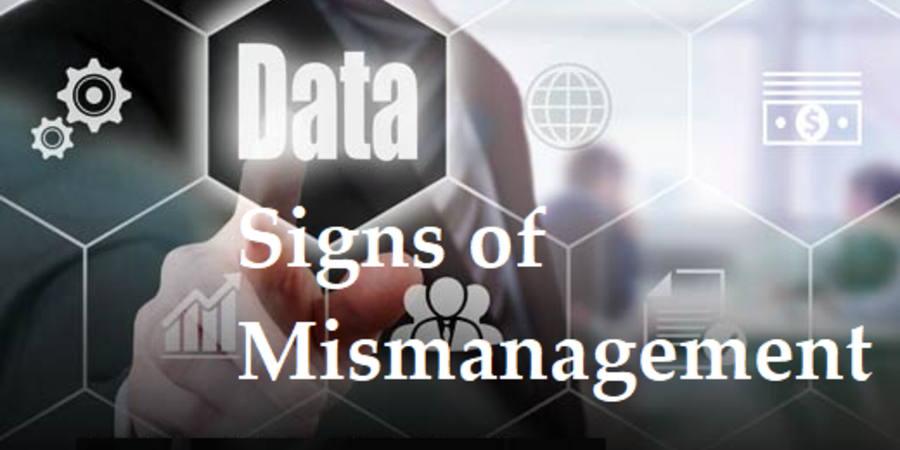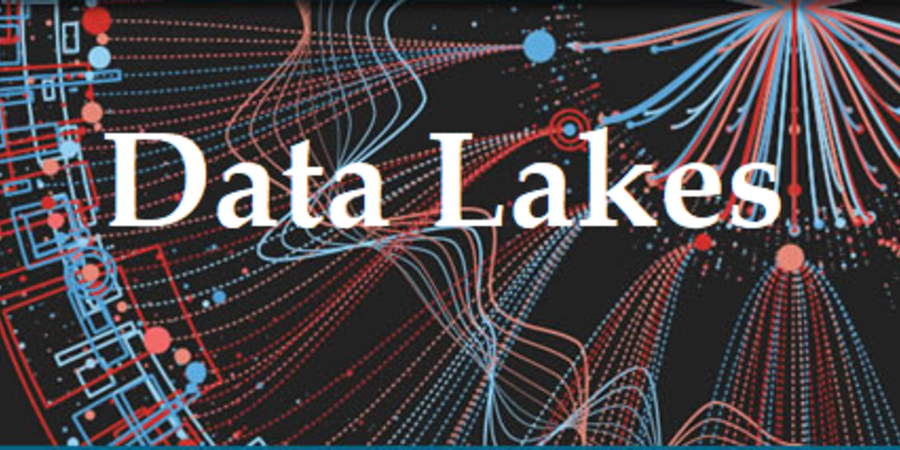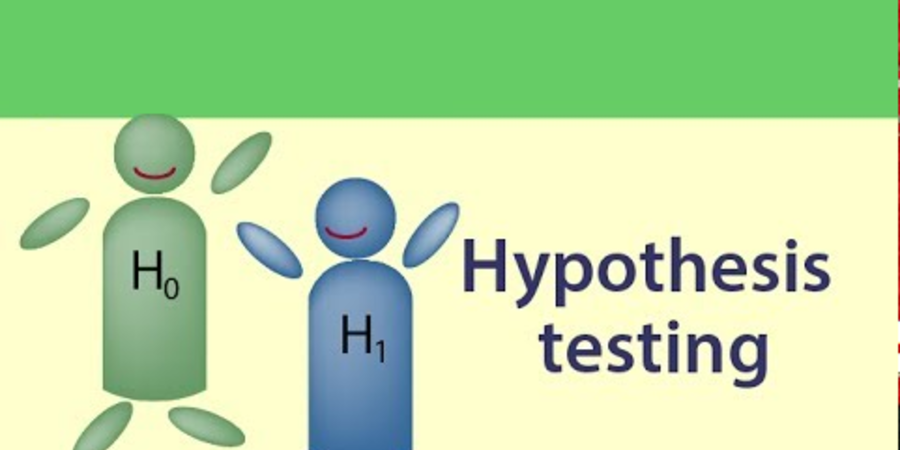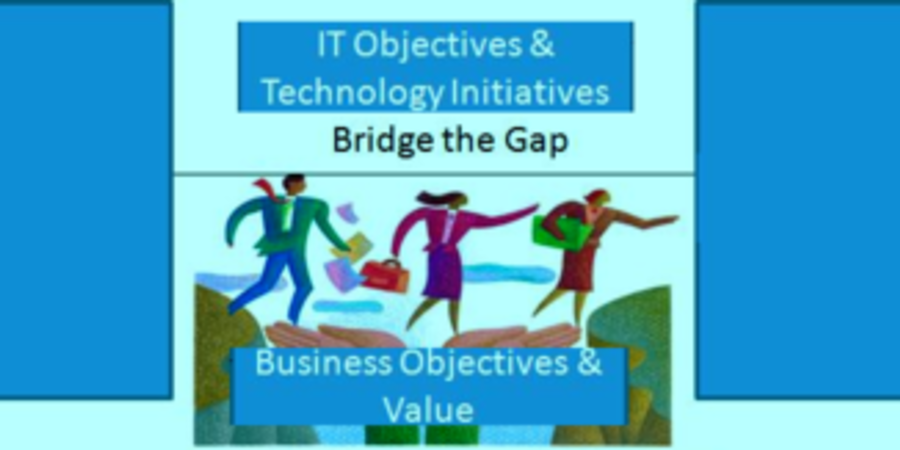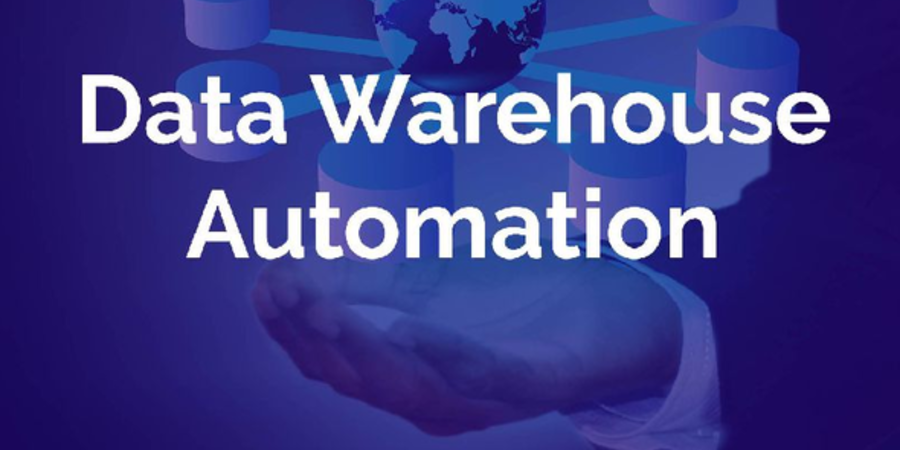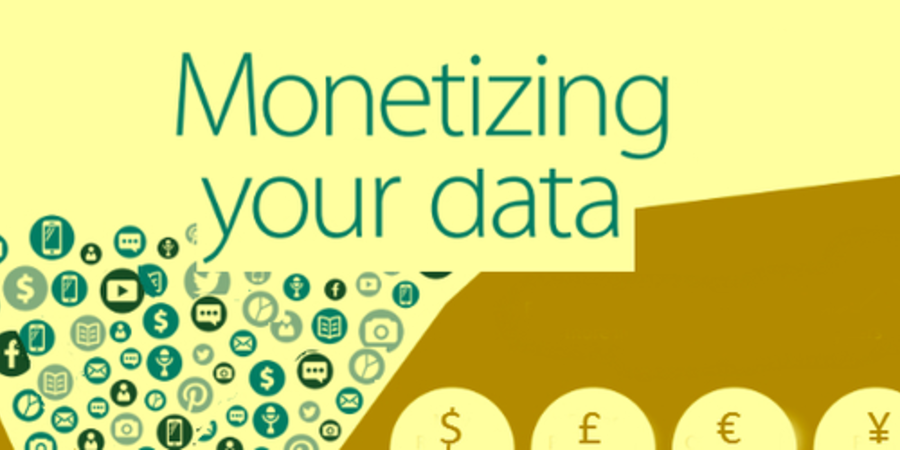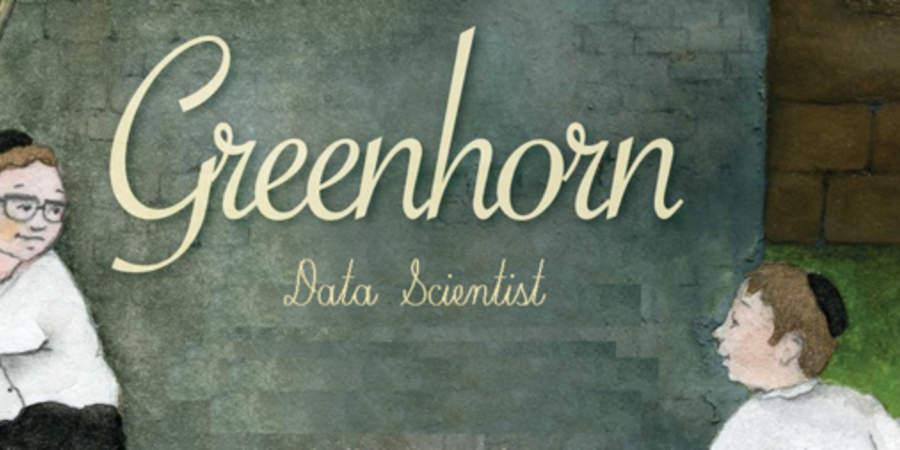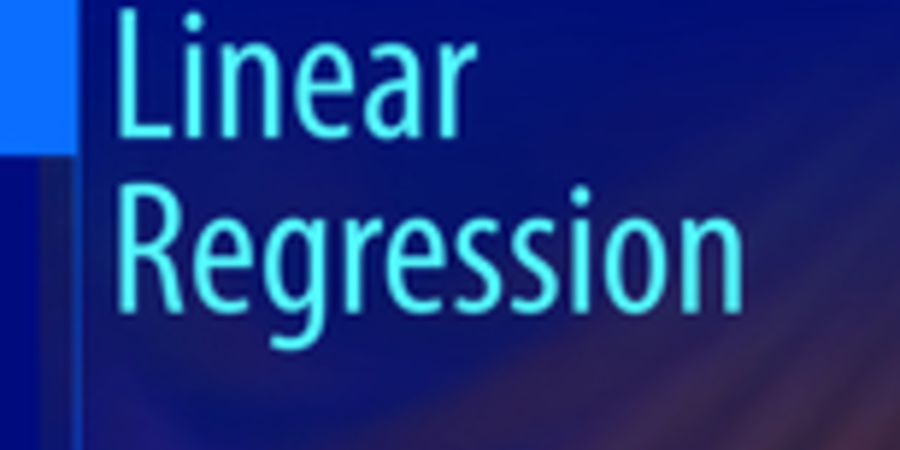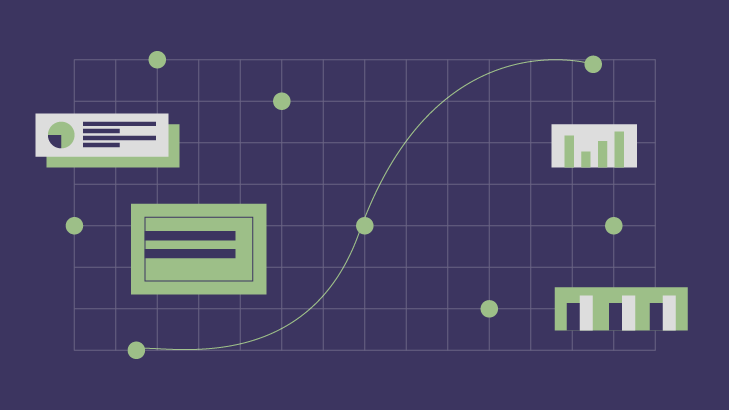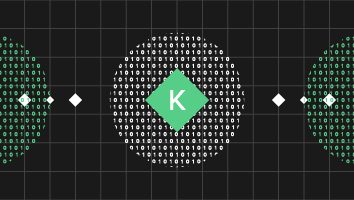Here we discuss why retail is positioned to reap the biggest benefits of data analytics today. Organizations are using advanced analytics to do everything from understanding their customers to improving forecasting, driving better, faster results. While the impact of these approaches is being felt across nearly every industry, retail stands to reap the biggest benefits. With more big box retailers announcing layoffs, store closures, and bankruptcy, data science may just be the secret weapon for success.

